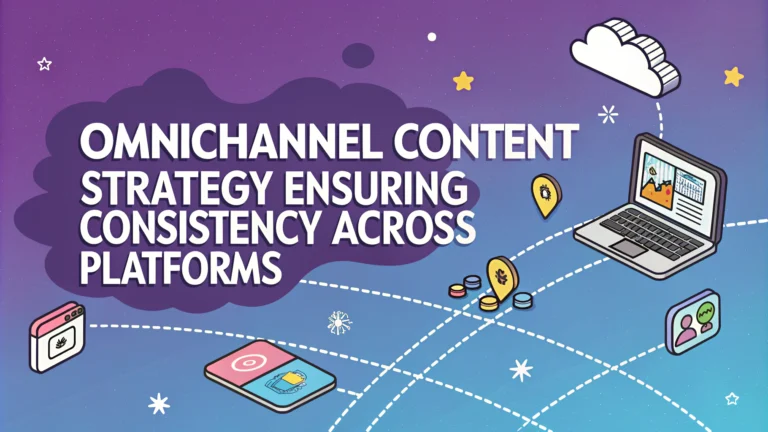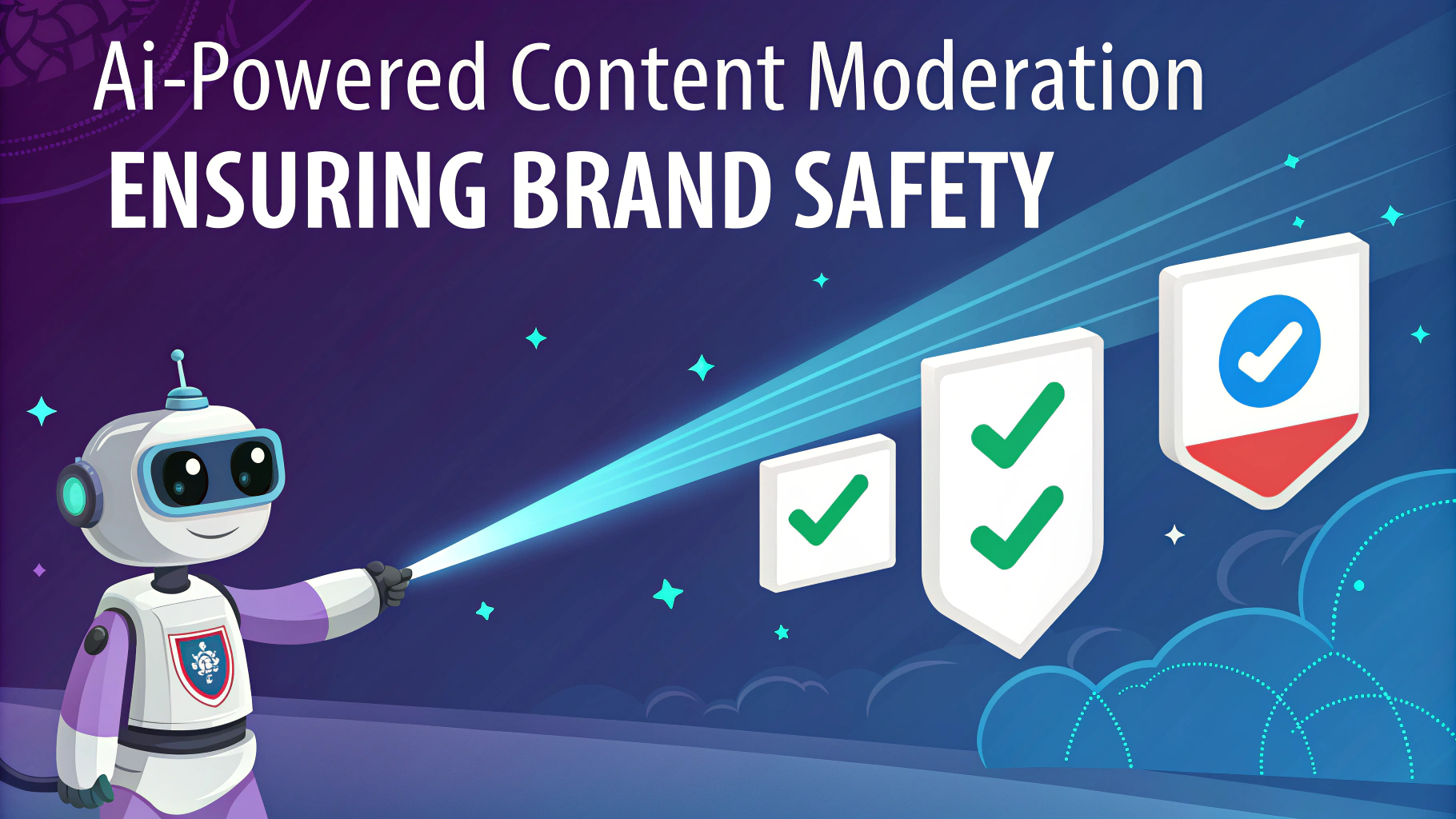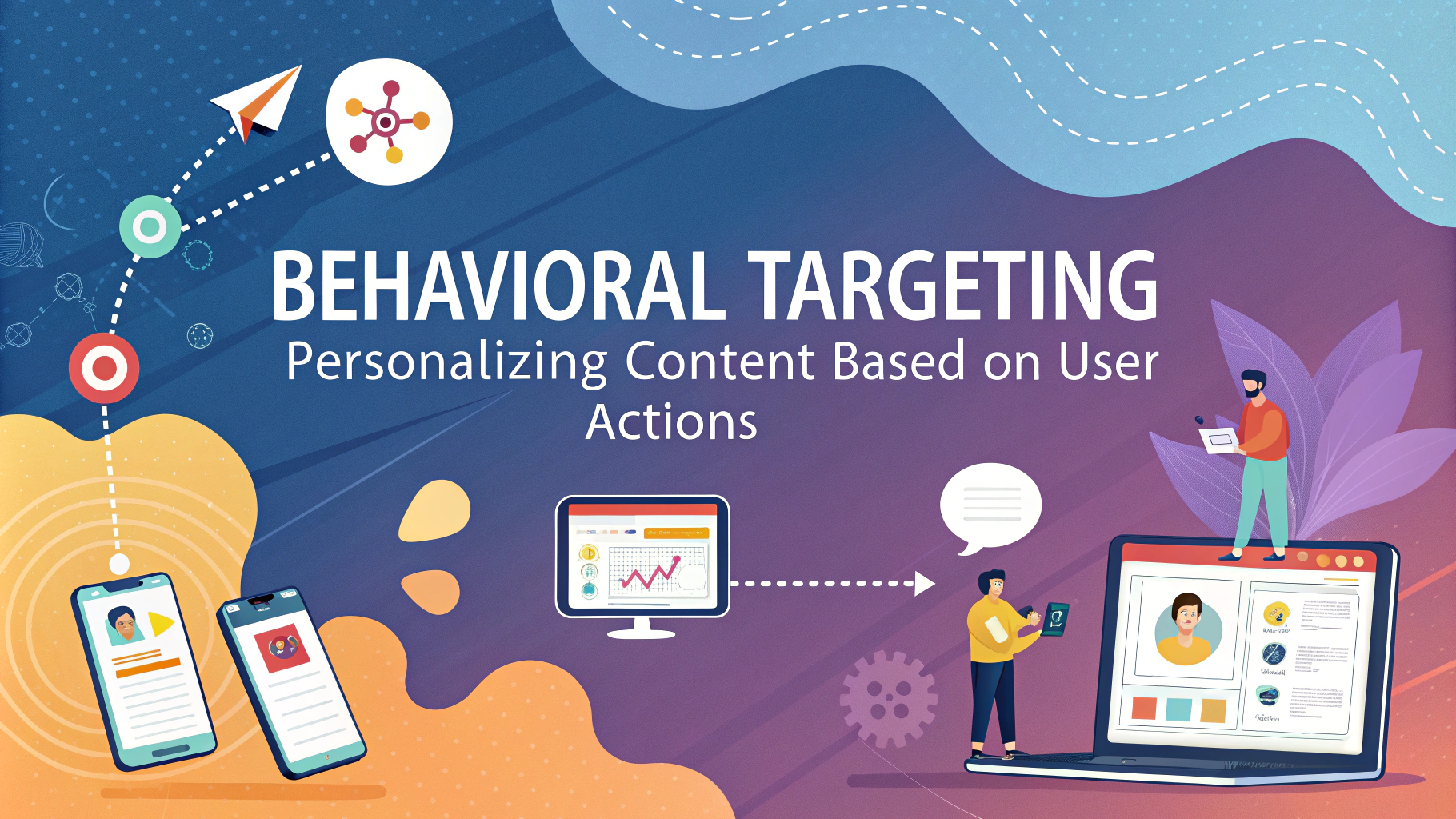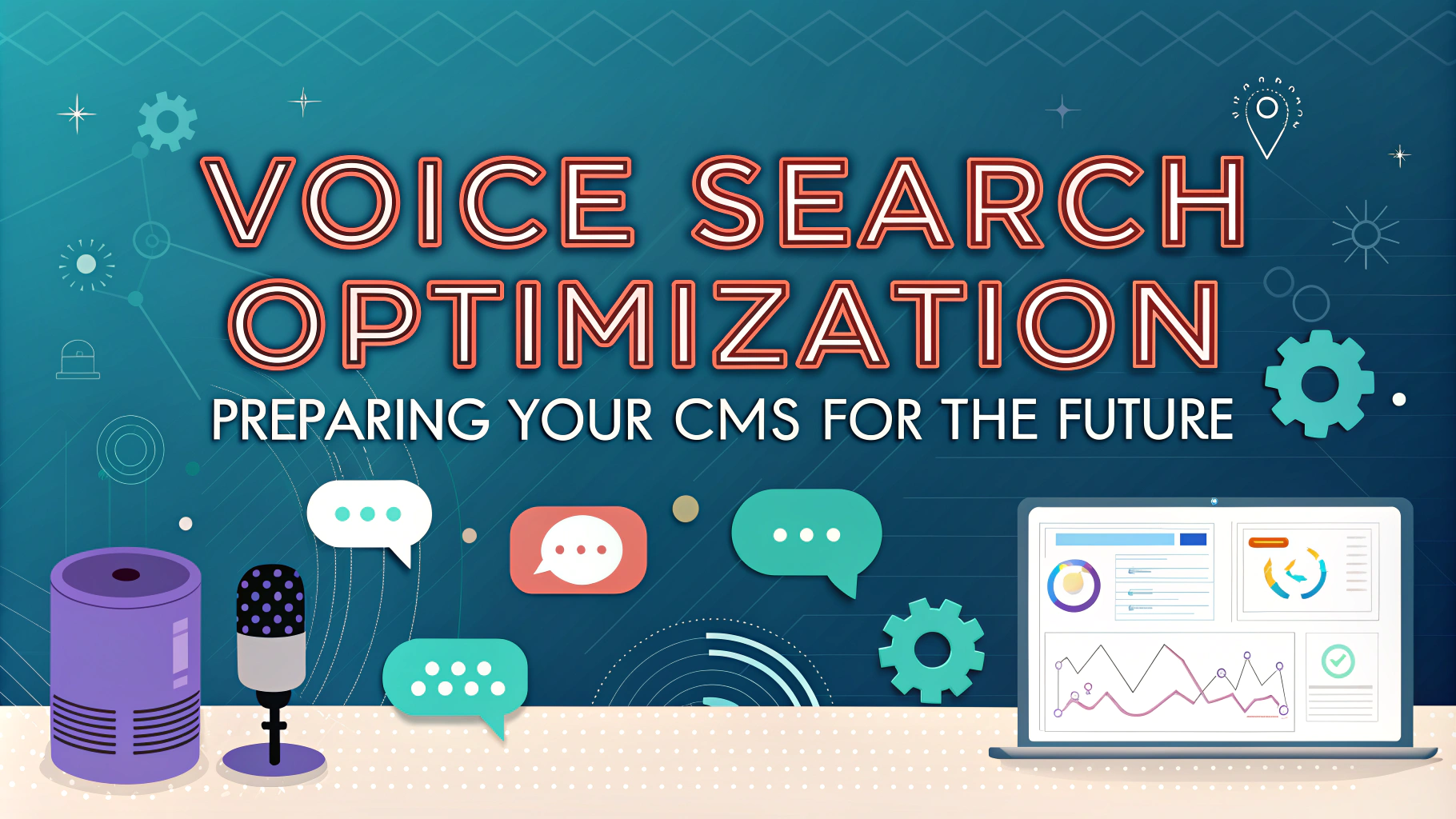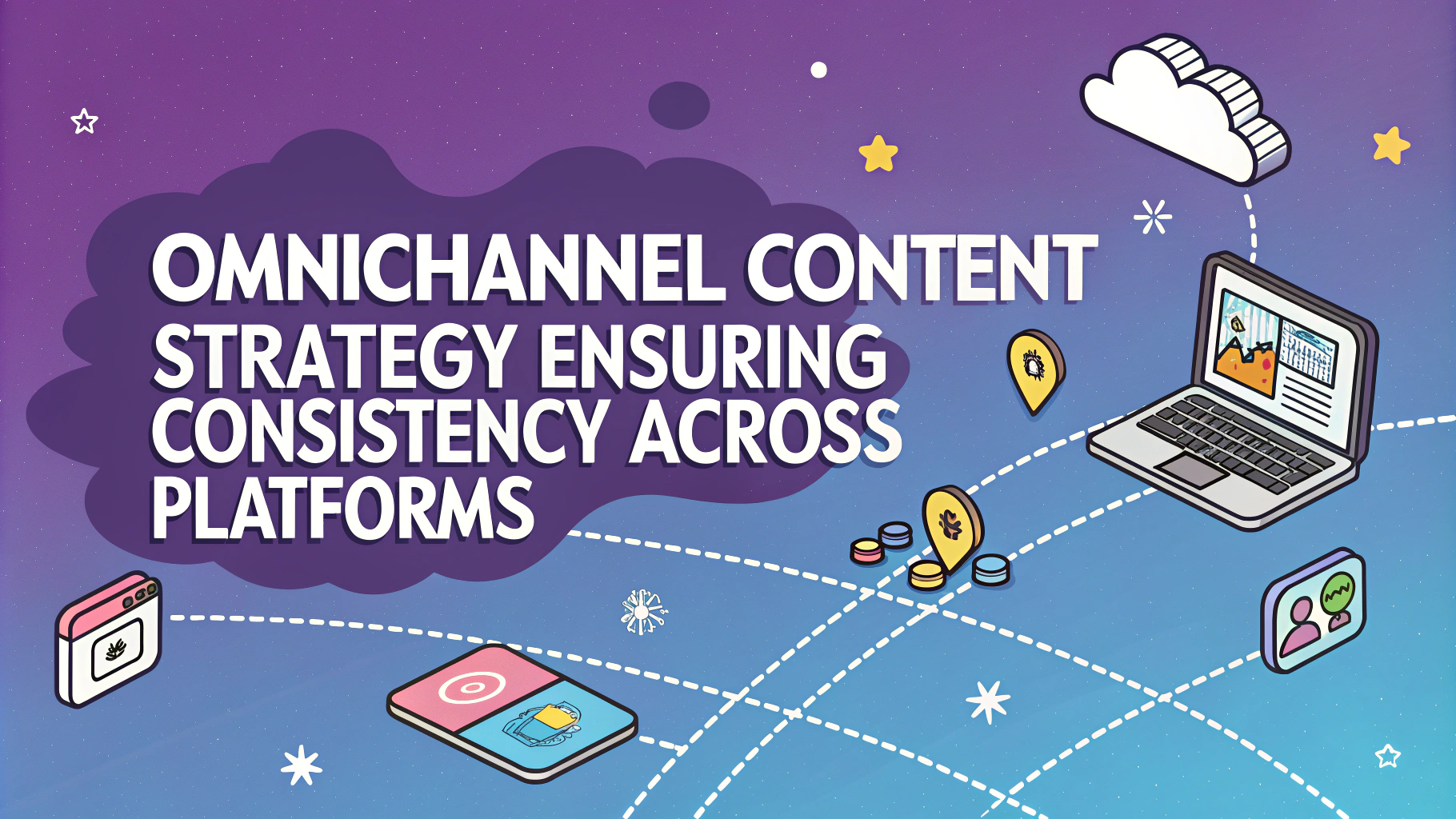An omnichannel content strategy ensures a seamless, consistent brand experience across all platforms and devices. This approach is essential for businesses aiming to meet customers where they are, regardless of the channel or device they use.
Key components of an omnichannel strategy:
- Unified messaging across platforms
- Consistent branding elements
- Tailored content for each channel
- Seamless transitions between devices
Implementing an effective omnichannel strategy helps businesses boost customer engagement, increase brand loyalty, and drive conversions.
Analyzing Your Current Content Landscape
Before developing an omnichannel strategy, assess your existing content and platforms. This analysis will help identify gaps, inconsistencies, and opportunities for improvement.
Steps for content analysis:
- Inventory all content across platforms
- Evaluate content performance and engagement
- Identify inconsistencies in messaging or branding
- Assess the user experience across devices
Use tools like content audits and user journey mapping to gain insights into your current content landscape and identify areas for optimization.
Creating a Unified Brand Voice
A consistent brand voice is crucial for an effective omnichannel strategy. It helps build trust and recognition across all touchpoints.
Tips for developing a unified brand voice:
- Define your brand’s personality and values
- Create a style guide for content creators
- Train team members on brand voice guidelines
- Regularly review and update content for consistency
Remember to adapt your tone slightly for different platforms while maintaining overall brand consistency. For example, a more casual tone may be appropriate for social media, while a more professional tone suits your website or email communications.
Tailoring Content for Different Platforms
While maintaining consistency is important, it’s equally crucial to tailor content for each platform’s unique characteristics and audience expectations.
Platform-specific content considerations:
| Platform | Content Type | Best Practices |
|---|---|---|
| Website | Long-form articles, product pages | SEO optimization, clear navigation |
| Social Media | Short posts, images, videos | Engaging visuals, hashtags, user interaction |
| Newsletters, promotions | Personalization, clear CTAs | |
| Mobile App | Push notifications, in-app content | Concise messaging, easy navigation |
Adapt your content to fit each platform’s strengths while maintaining a consistent overall message and branding.
Implementing Your Omnichannel Strategy
Putting your omnichannel content strategy into action requires careful planning and execution. Here are key steps to implement your strategy effectively:
- Create a content calendar: Plan content across all channels to ensure consistency and timely delivery
- Develop channel-specific guidelines: Tailor content formats and styles to each platform while maintaining brand consistency
- Invest in the right tools: Use content management systems and analytics tools to streamline content creation and track performance
- Train your team: Ensure all content creators understand the omnichannel strategy and brand guidelines
Regular team meetings and collaborative tools can help keep everyone aligned and working towards common goals.
Measuring Success and Optimizing Performance
To ensure your omnichannel content strategy is effective, you need to track key metrics and continuously optimize your approach. Consider these steps:
- Define KPIs: Identify metrics that align with your business goals, such as engagement rates, conversion rates, and customer lifetime value
- Use analytics tools: Implement tools to track performance across all channels
- Conduct regular audits: Assess content performance and user experience across platforms
- Gather user feedback: Use surveys and user testing to understand customer preferences and pain points
Use these insights to refine your strategy and improve content performance over time.
Sample KPI Dashboard
| Metric | Website | Social Media | Mobile App | |
|---|---|---|---|---|
| Engagement Rate | 5% | 3.5% | 22% | 8% |
| Conversion Rate | 2.5% | 1.2% | 3.8% | 4.2% |
| Customer Retention | 65% | N/A | 78% | 82% |
Addressing Common Challenges in Omnichannel Content Strategy
Implementing an omnichannel content strategy can present several challenges. Here are some common issues and solutions:
- Content silos: Break down departmental barriers and encourage collaboration across teams
- Technology limitations: Invest in integrated tools and platforms that support seamless content distribution
- Maintaining consistency: Develop comprehensive brand guidelines and conduct regular content audits
- Resource constraints: Prioritize channels based on audience preferences and repurpose content across platforms
By anticipating these challenges, you can develop strategies to overcome them and maintain a cohesive omnichannel presence.
Future-Proofing Your Omnichannel Content Strategy
As technology and consumer behaviors evolve, your omnichannel content strategy must adapt. Consider these approaches to future-proof your strategy:
- Stay informed: Keep up with emerging platforms and technologies that could impact your content distribution
- Embrace flexibility: Design your strategy to easily incorporate new channels or adjust to changing audience preferences
- Invest in AI and automation: Leverage artificial intelligence for personalization and content optimization
- Focus on mobile-first: Prioritize mobile experiences as more users access content on smartphones and tablets
Regularly reassess your strategy to ensure it remains relevant and effective in the changing digital landscape.
Conclusion
An effective omnichannel content strategy is essential for businesses looking to provide a seamless customer experience across all touchpoints. By following the steps outlined in this guide, you can create a cohesive brand presence that engages customers and drives conversions.
Remember to regularly analyze your performance, address challenges, and adapt your strategy to stay ahead of the curve. With a well-executed omnichannel approach, you’ll be well-positioned to meet your customers’ needs and achieve your business goals in the ever-evolving digital marketplace.

